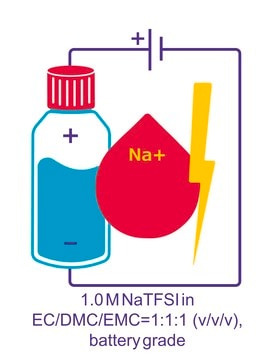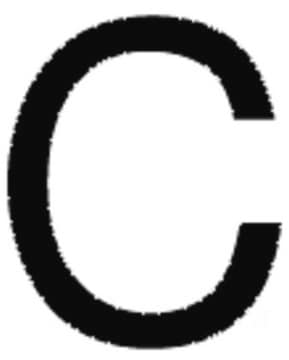SCC008
ReNcell VM Human Neural Progenitor Cell LIne
ReNcell VM is an immortalized human neural progenitor cell line with the ability to readily differentiate into neurons & glial cells.
Synonym(s):
Human NSC Line, Human Neural Stem Cell Line, Human Neural Stem Cells
About This Item
Recommended Products
biological source
human
Quality Level
manufacturer/tradename
Chemicon®
ReNcell
technique(s)
cell culture | stem cell: suitable
input
sample type neural stem cell(s)
shipped in
liquid nitrogen
Related Categories
General description
ReNcell Now Used in a 3D Cell Model of Alzheimer′s Disease!
Tanzi, R and Kim, DY et. al. A three-dimensional human neural cell culture model of Alzheimer′s disease. Nature. 2014 Nov 13;515(7526):274-8.
(Published in Nature)
Cell Line Description
Application
Stem Cell Research
Components
Quality
Storage and Stability
Other Notes
Legal Information
Disclaimer
Storage Class Code
12 - Non Combustible Liquids
WGK
WGK 3
Flash Point(F)
does not flash
Flash Point(C)
does not flash
Certificates of Analysis (COA)
Search for Certificates of Analysis (COA) by entering the products Lot/Batch Number. Lot and Batch Numbers can be found on a product’s label following the words ‘Lot’ or ‘Batch’.
Already Own This Product?
Find documentation for the products that you have recently purchased in the Document Library.
Articles
ReNcell neural progenitors are immortalized human neural stem cell lines that can differentiate into neurons, astrocytes sand oligodendrocytes.
Read types of stem cells including multipotent stem cells, Pluripotent stem cells and iPSCs and their applications in basic stem cell research, stem cell therapy and disease modelling
Frequently asked questions about neural stem cells including NSC derivation, expansion and differentiation.
Derivation and characterization of functional human neural stem cell derived oligodendrocyte progenitor cells (OPCs) that efficiently myelinate primary neurons in culture.
Protocols
Cultivate ReNcell® human neural stem cells in 3D hydrogels for high-throughput screening using the TrueGel3D® HTS Hydrogel Plate with this protocol.
A stem cell culture protocol to generate 3D NSC models of Alzheimer’s disease using ReNcell human neural stem cell lines.
Step-by-step culture protocols for neural stem cell culture including NSC isolation, expansion, differentiation and characterization.
Our team of scientists has experience in all areas of research including Life Science, Material Science, Chemical Synthesis, Chromatography, Analytical and many others.
Contact Technical Service








